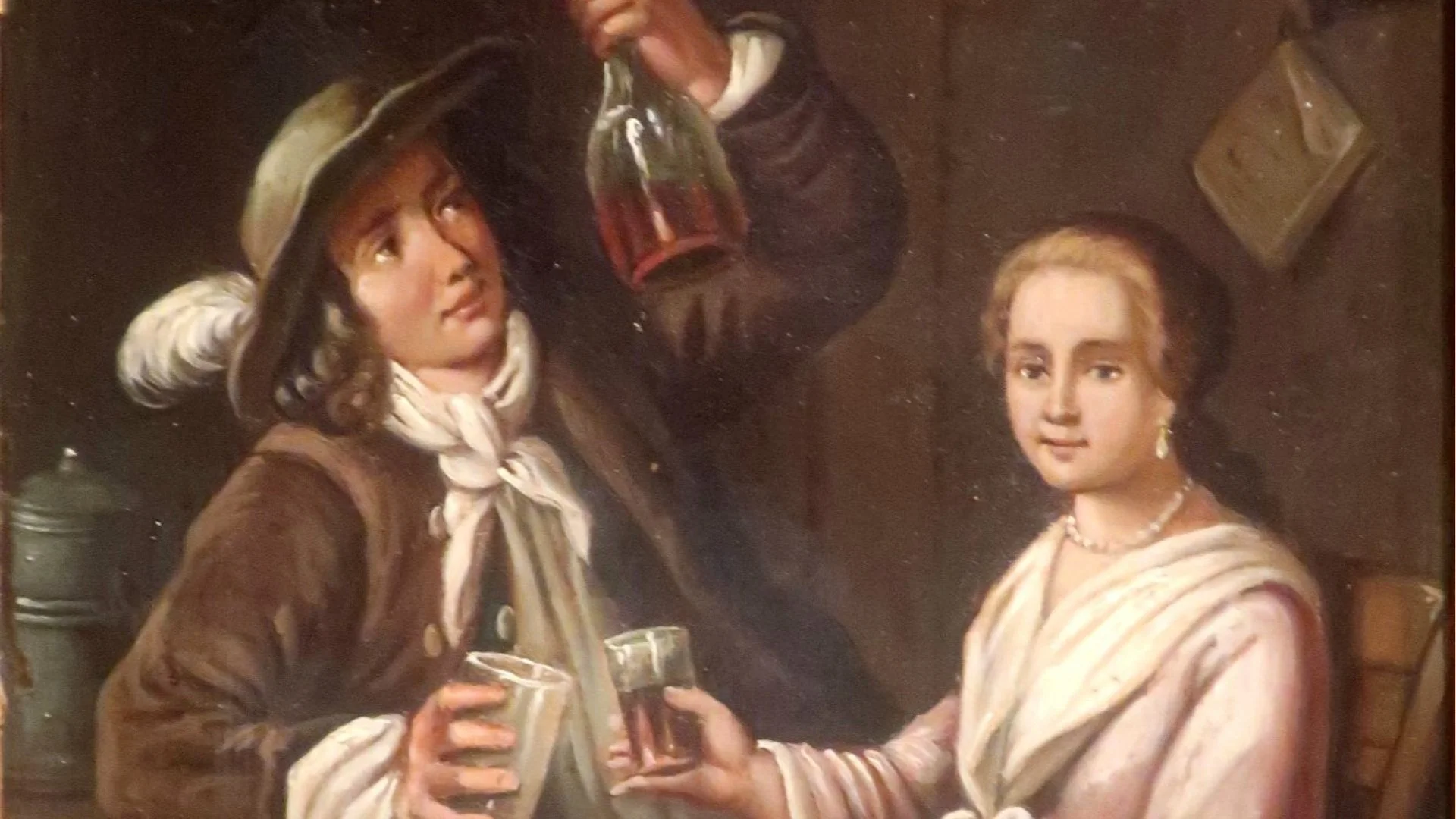Serving Temperature: How to Get It Right
The temperature at which a wine is served has a direct impact on its taste, balance, and aromas. A wine can seem closed-off, heavy, or overly alcoholic if it isn’t served at the right temperature. Before judging a bottle, learn how to serve it properly.
Why is wine temperature important?
Temperature affects:
The release of aromas
The perception of acidity, sweetness, and alcohol
The overall balance of the wine
Effects of serving wine at the wrong temperature:
Too cold: Aromas are muted, the wine feels closed or shy, red wine tannins become more aggressive, and any faults remain discreet.
Too warm: Aromas and faults are amplified, alcohol feels stronger, and sweet wines can become heavy or cloying.
Ideal temperatures by type of wine
Here’s a guideline for serving wines at their best, with a tolerance of ±1°C:
Mature or very structured reds: 18°C (64°F)
Tannic reds: 16°C (61°F)
Light reds: 14°C (57°F)
Sweet whites and rosés: 12°C (54°F)
Dry whites and rosés: 10°C (50°F)
Sparkling wines: 8°C (46°F)
Best practices for serving wine at the right temperature
Avoid the freezer: Take the wine out of the fridge a few minutes before serving to allow the aromas to emerge.
Use a thermometer: Even a simple thermometer can help you hit the ideal temperature.
Cool carefully: Use a bucket of cool water for reds, or add a few ice cubes for whites, rosés, and sparkling wines.
Choose the right glass: A wide bowl for reds, a narrower glass for whites, to enhance aroma perception.
Serve slightly cooler than the target temperature: This helps maintain the wine’s optimal temperature in the glass.
Note: “Bringing a wine to room temperature” today usually means reaching around 18°C (64°F), rather than actual room temperature, which is often too warm for reds.
Sources:
Amerine, M. A. (2004). "The Role of Temperature in Wine Tasting". American Journal of Enology and Viticulture
Porteus, J. (2016). "Impact of Temperature on Wine Pairing: An In-depth Study". University of Bordeaux
Barroso, L. F. (2015). "Wine Glasses and Their Effect on Sensory Perception". International Journal of Wine Research




